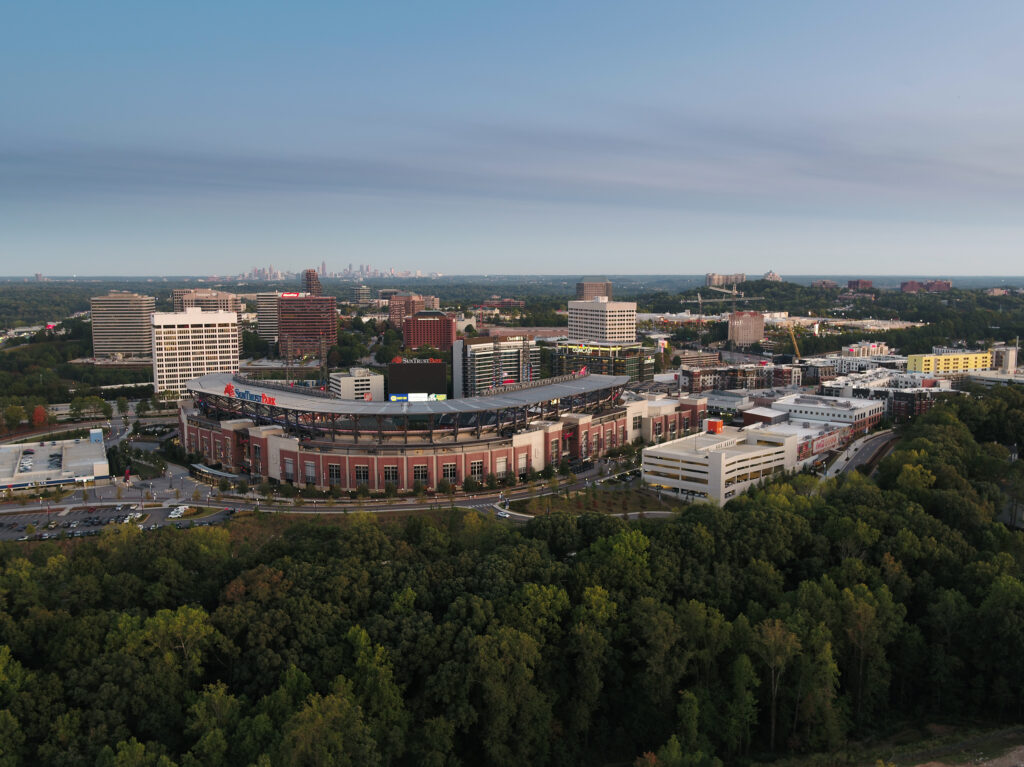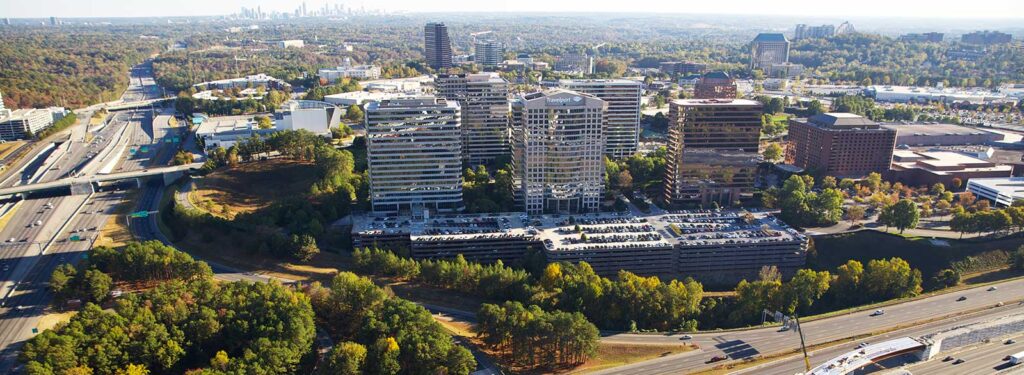Last month, the Cumberland CID released the latest version of its Cumberland CID Economic Impact Analysis.
Ultimately, the analysis shows the Cumberland CID has achieved a stunning $15.3 billion annual economic impact on Cobb County representing a significant share of Cobb County’s economy and a $20 billion annual economic impact on the state of Georgia.
Conducted by Bleakly Advisory Group, the analysis concluded that there was $9.2 billion of direct economic impact annually from the goods and services produced and sold in the Cumberland CID. Because of this impact, the Cumberland CID has unlocked a wealth of economic opportunity not only in the region itself, but in the state as a whole.
Ultimately, if we had to sum up all of the good news in one word, it would likely be growth. In the past decade, an additional 14,450 primary jobs were added to the Cumberland CID, representing a 27% increase from one decade ago. The Cumberland CID has nearly 3,400 businesses with about 69,000 employees, which represents almost 19% of the jobs in Cobb County. Approximately 33% of the available jobs are in high-wage professional sectors like information, finance and insurance, management of companies and professional scientific and technical services.
The growth isn’t just related to the output of businesses in the Cumberland CID. The actual population within the district has grown two percent year over year, which is 1.6 times the rate of Cobb County and faster than the Atlanta region as a whole. Now, the Cumberland CID is the home to nearly 29,000 residents. Furthermore, 68% of those residents are millennials and Generation X.
While more job opportunities could be a large reason for this impressive population growth in the Cumberland CID, it also may be due to the increased amount of services spending for the district’s residents. According to the analysis, the Cumberland CID produces annual revenues to Cobb County of $61 million and estimated annual costs of $34 million, representing a net fiscal benefit of $27 million. Properties and economic activity within the Cumberland CID also generate about $70 million for Cobb County schools.
Essentially, the Cumberland CID creates a win-win-win for businesses, residents and the county. Businesses are able to tap into a massive inventory of commercial real estate and hire a talented workforce. Residents can work with great companies and receive the benefits of increased public spending.
Whether you live or work in the Cumberland CID or are simply interested in the topic, it is worth your time to further study why the Cumberland CID has been successful.




